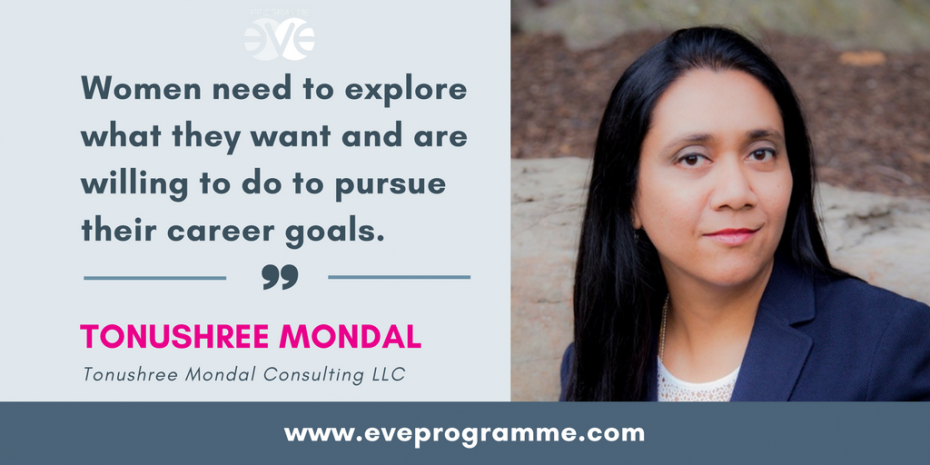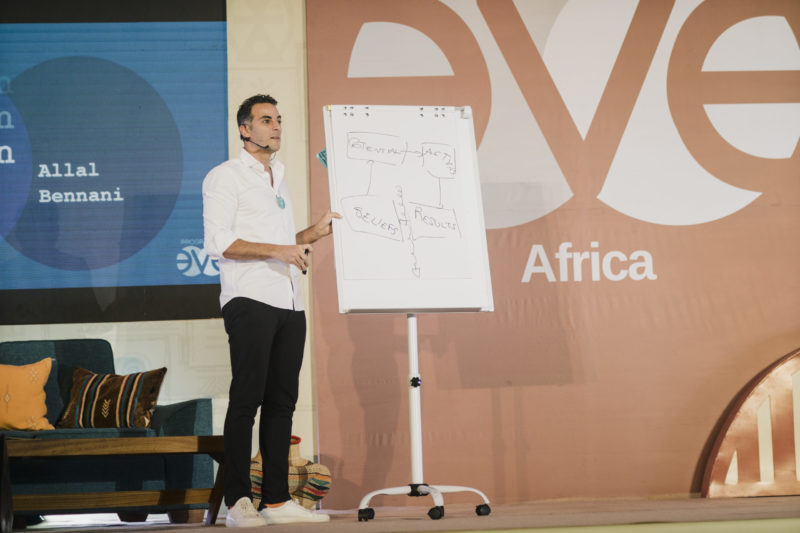 Tonushree Mondal has over twenty years of global experience working with senior leadership teams in improving organizational effectiveness. She is a recognized strategic partner providing practical business relevant HR solutions across industry segments and geographies. Her focus areas include Talent Strategy, Culture and Leadership Development, Career Pathing and Organization Design, Talent Review and Succession Panning, Competency Development, Performance Management, Change Management, Leveling and Compensation structure design.
Tonushree Mondal has over twenty years of global experience working with senior leadership teams in improving organizational effectiveness. She is a recognized strategic partner providing practical business relevant HR solutions across industry segments and geographies. Her focus areas include Talent Strategy, Culture and Leadership Development, Career Pathing and Organization Design, Talent Review and Succession Panning, Competency Development, Performance Management, Change Management, Leveling and Compensation structure design.
Prior to starting her own business, Tonushree was the SVP/ Head of Talent at the Hudson’s Bay Company (Saks, Lord & Taylor, Off Fifth, HBC) responsible for Talent Management, Leadership Development, Change Management and Communications.
Prior to HBC, Tonushree was the North American Practice Leader of the Leadership & Organization Performance business at Mercer Consulting and a partner in the firm. As a part of her role, she led a team of partners and associates specializing in the areas of Senior Leader Effectiveness, Leadership Development, HR Transformation and Talent Management. She spent fifteen years at Mercer working closely with senior leaders across a number of different industries in large global companies on various issues of talent strategy and execution. Her clients include Verizon, MasterCard, ABInbev, Dropbox, Tata Communications Ltd.
Tonushree has an MBA from XLRI, Jamshedpur, India’s top business school in Human Resources and a graduate degree in Economics from Jadavpur University.
One of the key pain points that surfaces repeatedly in engagement surveys conducted in companies is ‘career development’. As companies try to put the right infrastructure in place to give employees the tools they need for meaningful conversations, individuals — especially women — continue to struggle with the choices they have to make. Women encounter different career inflexion points, each of which present choices and feelings of guilt and self-doubt that they need to manage.
Career Inflexion Points
The three dominant inflexion points often coincide with the early, mid and late career stages:
Inflexion Point 1 (Maternity): The early career stage is marked by enthusiasm and a steep learning curve. Around the same time, the desire to start a family arises, creating the first inflexion point. In some countries, there are socio-cultural pressures in the form of underlying expectations for a woman to give up her career. In other instances, the woman herself feels a compelling need to do so resulting in steep losses to the workforce. However, in recent times companies have been more creative with their maternity policies, thereby improving these statistics quite rapidly. Some thoughts for women at this inflexion point:
- Ask: Empowerment is often not granted
- Explore: Flexible work arrangements, alternate roles and technology
- Build: Your team at home and work, to make it easier to delegate
- Integrate: Work and home life so that activities can blend into each other, without guilt
Inflexion Point 2 (Re-entry): The return from a break, either maternity or otherwise, raises several concerns for women. The questions going through women’s minds are: Has the world of work changed too much in my absence? Do I have the right skills? Do I still have the right connections? Some thoughts for those at this point:
- Learn: There are a lot of self-learning tools that can fill some of the skill gaps
- Network: Build relationships with different people
- Challenge: Yourself to take risks and venture into areas where you might not have before
Inflexion Point 3 (Glass Ceiling): A lot has been written on the insufficient representation of women at the C-suite and companies continue to increase efforts through succession planning to correct this imbalance. According to Bob Sherwin, COO of consultancy Zenger Folkman1, there are three statements women would make about why they’re vanishing from the higher rungs in the corporate ladder:
- “I don’t want the role.”
- “I can’t succeed in the role.”
- “I can’t have the role.”
In her book ‘Breaking through “Bitch”: How women can shatter stereotypes and lead fearlessly’2, Carol Vallone Mitchell explores what it takes for women to be successful at the C-suite. It centers around nine competencies: Achievement drive, conceptual thinking, confidence, cultural and political savvy, inspiring commitment, persuasion, self-development savvy, strategic control, and tempering assertiveness. Reflecting on the points above, women should:
- Soul search: About what you really want and why
- Be courageous: In asking for what you want and the resources needed
- Ignore: Stereotypes in your own mind (if you think they exist, they will)
Career Pivots
The two dominant career pivots center around geography and function.
Career Pivot 1 (Geography): A career move that involves a location shift, especially across countries is harder for women. Not to undermine the struggle men have with this decision, the fact remains that this involves moving away from an established social infrastructure and adjusting to a different culture. Over the years, I had a close look at global corporate athletes seamlessly moving their families across countries. It led me to wonder why it was easier for some and not others. The perception of what might be better on the other side often gives people the courage to make the transition. Yet, the last decade has witnessed a certain agility in people to be more adventurous and take on challenging rotations for longer term career success. Companies expect these experiences for critical promotions, and women should not lose out. They should:
- Emerge: Test your wanderlust early in your career
- Stretch: Stretch your growth on different dimensions with each move
- Think: Of the skills your family will develop around agility and adaptiveness
- Balance: The dynamics at home, without getting caught in gender stereotypes
Career Pivot 2 (Functional): A functional career move is like moving across a rock climbing wall. There are multiple ways to reach the top and no two journeys are alike. The trajectory and degree of risk people are willing to undertake and handholds and footholds available makes each one unique. There is also uncertainty with respect to moving out of one’s comfort zone of technical skills into another area. However, it builds a strong portfolio of experiences that develops business leaders.
The key considerations are:
- Slide: Step down to step up in a newer function
- Zigzag: Make several moves in your career journey to build more agility and learn more skills
- Seek: Mentors in other areas to know more about the function before you leap
- Accumulate: A portfolio of experiences, including mistakes and tough turns
There are a few things that underpin the ability people have in tackling these challenges – the willingness and appetite for risk, the agility to flex different muscles and the ability to constantly learn along multiple dimensions. While organizations need to continue to exhibit creativity in broadening the infrastructure, tools and mindset needed for women to succeed, women need to explore what they want and are willing to do to pursue their career goals.
By Tonushree Mondal, President, Tonushree Mondal Consulting LLC, for the EVE Program.
————
- Business Insider: Bob Sherwin, Why Women Vanish As They Move Up The Career Ladder, Jan 2017
- Carole Vallone Mitchell: Breaking through “Bitch”- How women can shatter stereotypes and lead fearlessly; 2015






